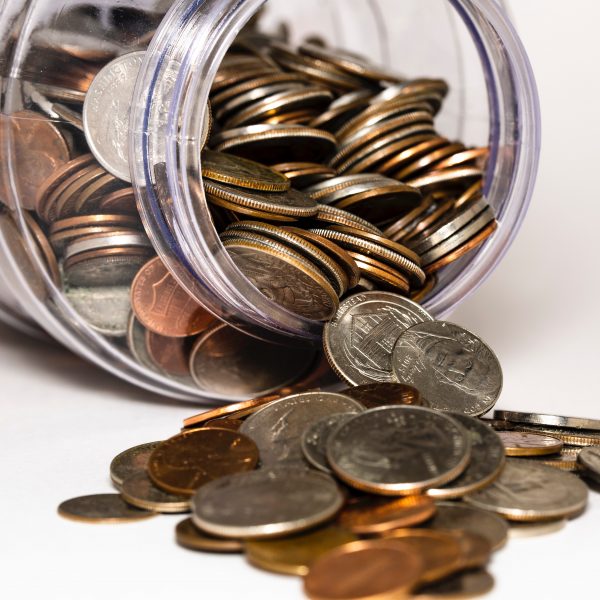ABS report shows price of childcare down sharply in last three months

The latest Consumer Price Index (CPI) figures released by the Australian Bureau of Statistics (ABS) on 31 October, 2018 shows a marked decrease in childcare prices in the last three months.
The most material reductions were experienced in Melbourne and Canberra which saw falls of 19.1 per cent and 19.8 percent respectively compared to the preceding quarterly period this year and 15.9 per cent and 16.6 per cent compared to the same period last year.
Sydney’s childcare prices fell 7.6 per cent compared to the preceding quarter and 3.9 per cent compared to the same period last year. Prices in Brisbane fell 9.7 per cent compared to the June quarter and 7.8 per cent compared to the same period last year and Perth saw an 11.5 per cent quarterly fall and 8.4 per cent year on year.
Falls of this magnitude have not been experienced since September 2008 when on average, across the major cities, prices fell 22.6 per cent quarterly and 17.4 percent annually in the wake of the introduction of the Child Care Rebate that saw the introduction of an additional subsidy for qualifying families.
The CPI series of childcare prices is reported net of subsidy received.
Overall fee data is sourced from a sample of 147 centres from each metropolitan area and subsidy levels are calculated using modelling that uses changes in aggregate income levels from the wage price Wage Price Index, Australia to determine subsidy amounts.
The price of child care in the CPI is equal to the gross fee payable by the parents, less the amount of subsidy that they receive.
The ABS has taken into account the new Child Care Subsidy implemented on 2 July 2018 in calculating the latest figures.
With respect to the broader economy, the relative price of goods and services has risen by an average of 0.4 per cent for all of Australia, a year-on-year increase of 1.9 per cent from September 2017.
Of the main centres, Sydney, Canberra, Darwin and Hobart all experienced the greatest growth from last quarter (0.6 per cent), with Perth on 0.5 per cent, and Queensland on 0.4 per cent.
Looking at increases from September 2017, Hobart has had the greatest increase in prices with a 2.7 per cent rise in the past 12 months. Canberra is sitting on 2.5 per cent growth, and Melbourne following on 2.2 per cent. The states with the smallest increases were Perth and Darwin on 1.2 per cent and 1.3 per cent respectively.
Popular

Economics
Provider
What early childhood providers need to know about mandatory merger clearance in 2026
2025-12-17 06:30:05
by Fiona Alston

Economics
Early childhood education assets continue to attract strong investor interest in record-breaking $151m Burgess Rawson from CBRE auction
2025-12-16 08:00:10
by Fiona Alston














